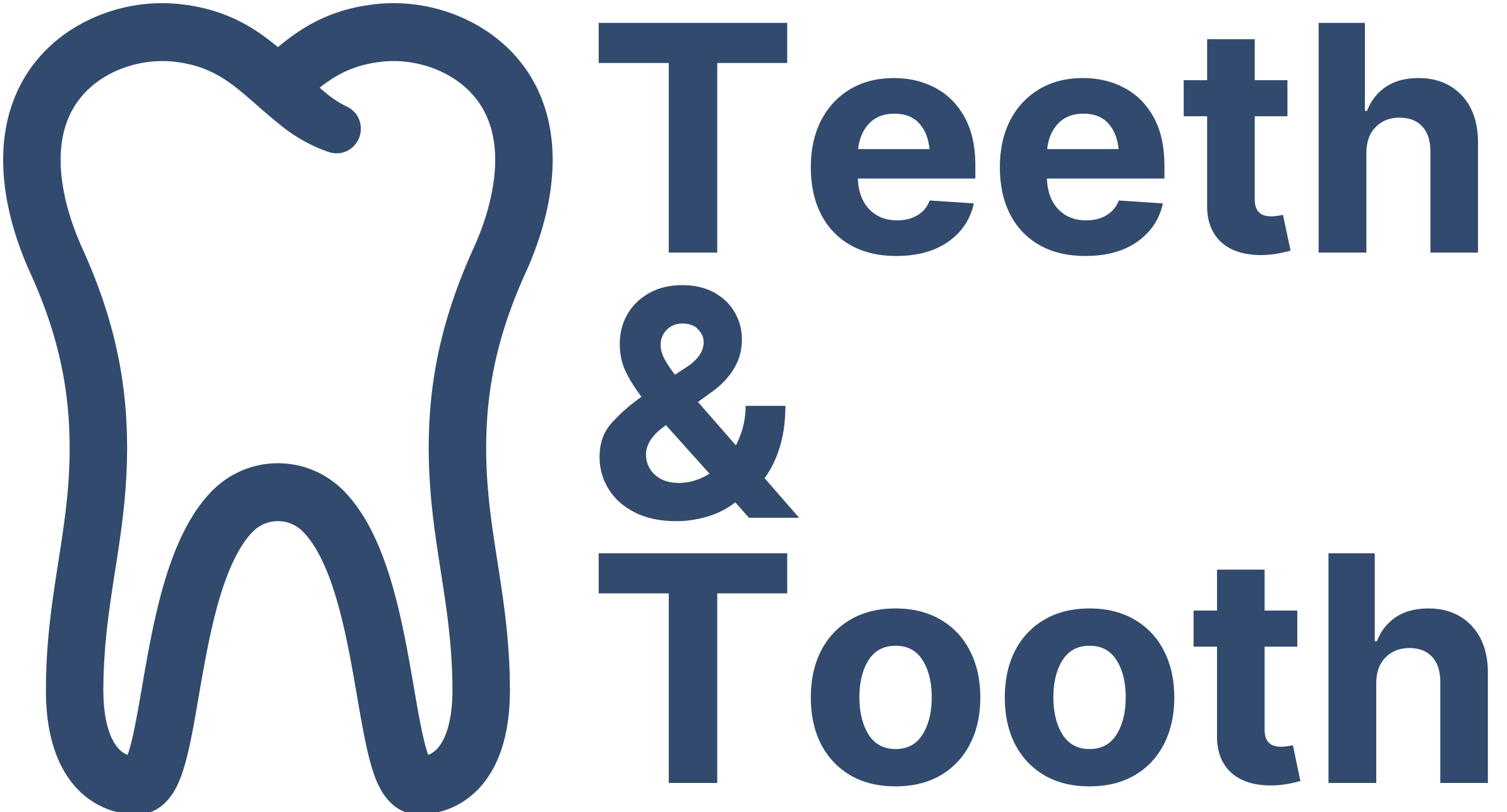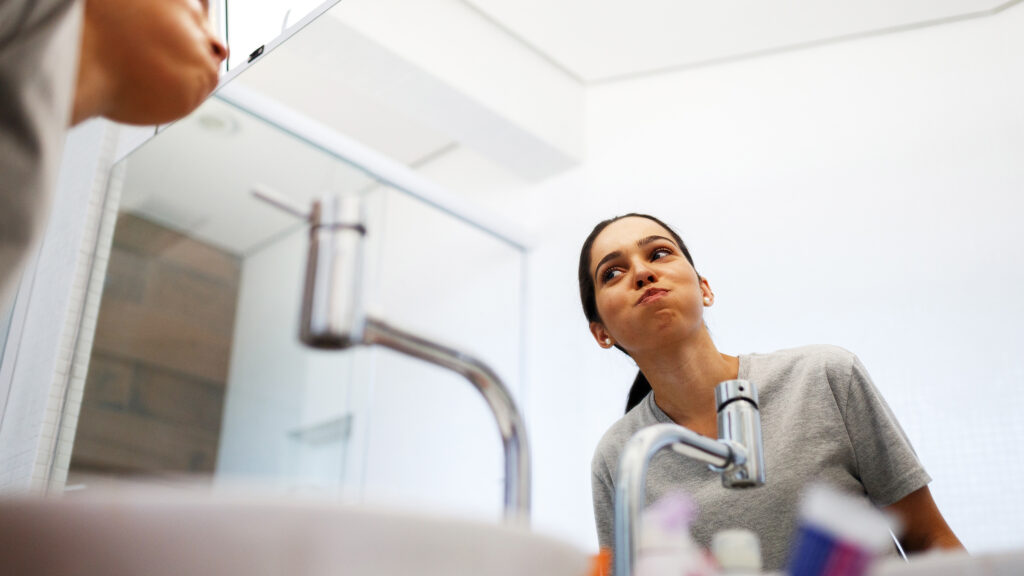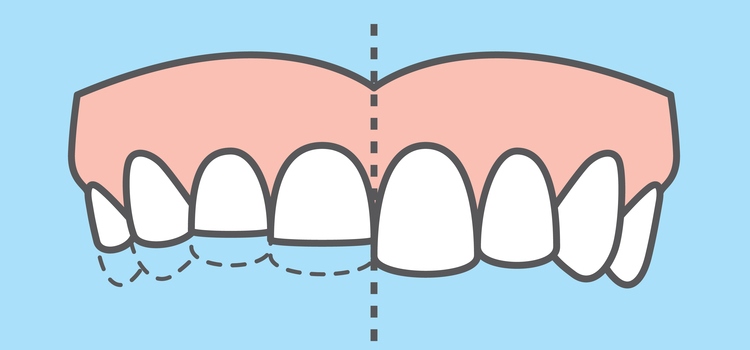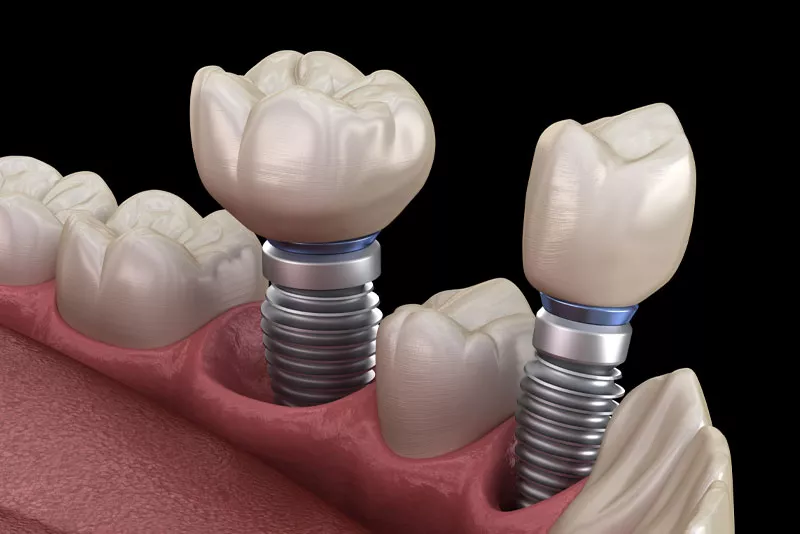Decalcification of teeth is a common issue that can occurs due to a variety of factors from diet to lifestyle choices. However, one can prevent the condition from occurring simply by following a few simple preventative steps as outlined below:
1. Reduce the intake of sugary and carbonated drinks.
These products are none to contain phosphoric acid which erodes the enamel on your teeth. The effect is compounded by sugar which serves as energy for decay-causing bacteria, producing acid. If consumption of these drinks is “necessary”, use a straw to minmize contact with the teeth.
2. Maintain proper oral health
A proper dental hygiene play a key role in preventing the decalcification of the teeth as it gets rid of any food or liquid that might turn to plaque. Some of the recommended oral hygiene habits include the proper brushing of your teeth twice a day for two minutes , the use of a proper toothbrush and fluoride toothpaste, and flossing at least once a day.
3. Schedule regular visits to the dentist.
A checkup at the dental clinic can identify any potential plaque buildup and provide you with professional advice on the steps to take to improve your dental health. As a rule of thumb, you should visit your dentist every 4 to 6 months depending on the current condition of your oral health.
What Is Decalcification?
Decalcification, in the general sense, refers to the gradual remove of essential minerals from calcified structures in the body. For the teeth, decalcification occurs when the minerals that make up the enamel are stripped away. The enamel is a tough white shell that protects the underlying tissue where the dentin and the pulp is. In spite of being the strongest material in the human body, the enamel is subjected to demineralization and decalcification due to the erosion of calcium and phosphorus, two of the main ingredient that make up the shiny, hard shell.
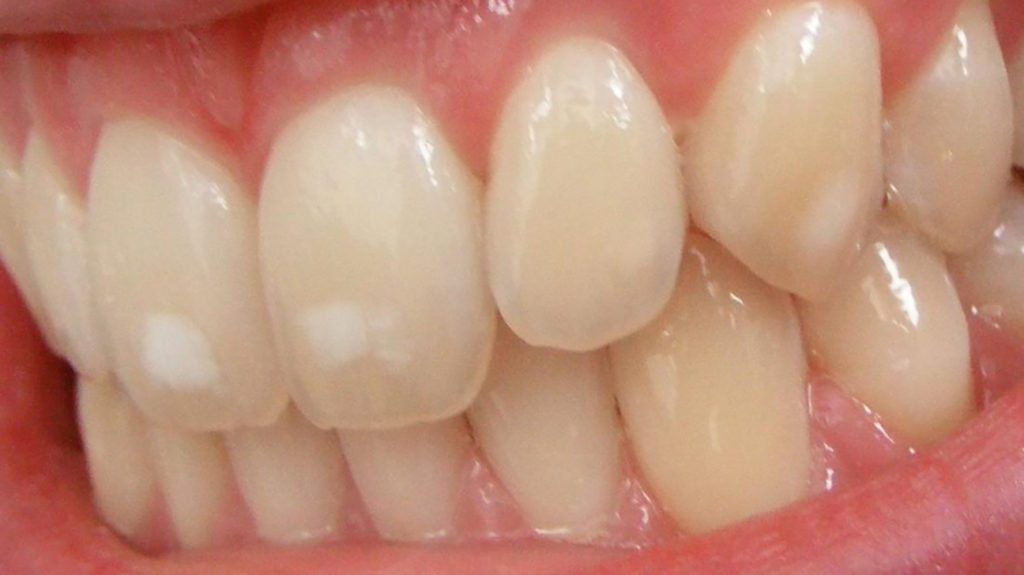
Look at your teeth carefully. Did you ever notice any white spots on them? These white spots are called decalcification spots.
Tooth decalcification occurs primarily due to poor diet and dental hygiene. Individuals with bracers and/or aligners are also highly susceptible to tooth decalcification as plaque will often accumulate in areas where it cannot be brushed or seen. Overtime, the plaque produces the acid that erodes the enamel.
How To Get Rid of Decalcification Spots on Teeth?
Decalcification spots can be treated and removed if identified early and treated quickly. However, these white discoloration spots are difficult to get rid of if left untreated. The reduction and elimination of these spots are more than for aesthetic reasons. If left untreated, tooth decalcification will lead to the formation of cavities, tooth decay and eventually tooth loss.
Some of the common ways to get rid of decalcification include undergoing teeth whitening treatment and taking extra steps to remineralize the teeth. Several major oral hygiene brands have also produced toothpaste that aimed to strengthen the enamel by replenishing hydroxyaptite, the natural compound that makes up the hard shell.. This include Sensodyne Pronamel Mineral Boost Enamel Toothpaste, Boka Coco Ginger Toothpaste, and Pearlie White Active Remineralization Flouride Free Toothpaste.
Alternatively, one can opt for veneers, which are thin artificial shells that cover the front of the tooth. That said, the best way to eliminate decalcification spots is to prevent it from happening.
To conclude, white spots are the first sign of decalcification. So if you spot them, start by adopting proper dental hygiene and avoiding sugary drinks. It is also time to book an appointment with your dentist!
